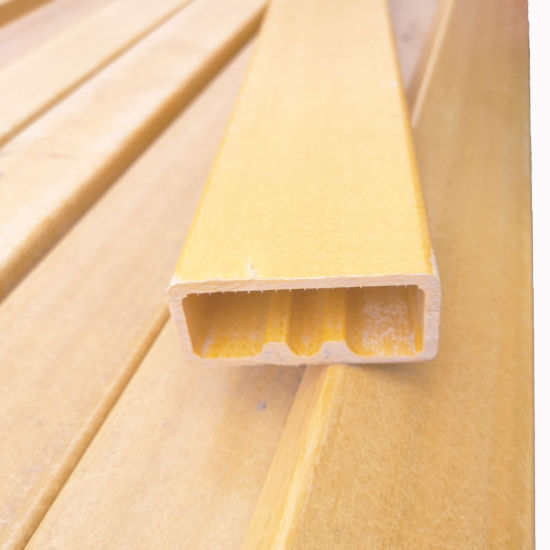Use of fiber reinforced composites as primary structure in a variety of engineering applications has grown very quickly over the past decade. In the not too distant past, my elder designer colleagues exclaimed composites were “black aluminum” or “rags and glue,” when I mentioned the potential for using epoxy reinforced carbon, aramid, or glass fiber for a particular application.
Today, composite applications have become very broad-based and they are implemented successfully to solve design and performance challenges in aerospace, defense, civil, consumer, and many other industries. Use of composites is so common that my undergraduate engineering students are ordering off-the-shelf carbon fiber pre-form structural parts to be used for their senior design projects!
 |
For many structural applications, it is generally agreed that composites can offer a lighter solution than conventional materials. However, the devil is in the details and often takes the form of proper analysis techniques, manufacturing processes, empirical performance correlation, and cost analysis.
As with any new technology development, composite analysis and simulation engineering tools must develop hand-in-hand with the new materials, manufactured forms, structural design methods, and physical testing. To create a robust design and make testing most efficient, analysis and assessment tools must be integrated in the design process from start to finish. Where composites have been implemented in a large scale, unexpected conditions or inaccurate analyses can cause significant unexpected costs of time and money, or even worse.
Different Analysis Goals, Different Simulation Approaches
Implementing finite element analysis into the design, test, and certification process has many advantages at all steps in the product life span. In each analysis we perform, we ask ourselves what is the goal, what information do I need, and how will this help?
Starting from the ground up, in terms of material characterization, many times, we are provided with basic strength and stiffness information from composite material providers. However, if we are starting with the micro-structure approach, we may need to use asimulation tool to characterize the thermal, electrical, and structural equivalent properties based on the constitutive materials and content.
A more global-level structural analysis approach incorporates specific part geometry and composite layup features. Finite element simulation and, more specifically, composite-dedicated pre and post processing tools, enhance the ability to set up the integrated analysis properly. We can then run large scale analysis models quickly to address our design requirements such as linear and non-linear static structural, buckling, or dynamic evaluations. We can also use these models to simulate attachment to other composite and non-composite parts through bonded or mechanically fastened joints.
The accuracy of the analysis in this integrated approach is highly dependent on capturing the finished product spatially-dependent fiber orientation and orthotropic material properties properly. Much of the recent software development is automating the design-specific analysis approaches for the variety of product forms used. My experience in using these integrated tools in analysis demonstrates we can tailor stiffness and strength on an individual part basis to optimize design. Some product forms available to us include traditional composite hand layups, fiber placement layups, pultrusion forming, and resin transfer molding (RTM) methods amongst others.


